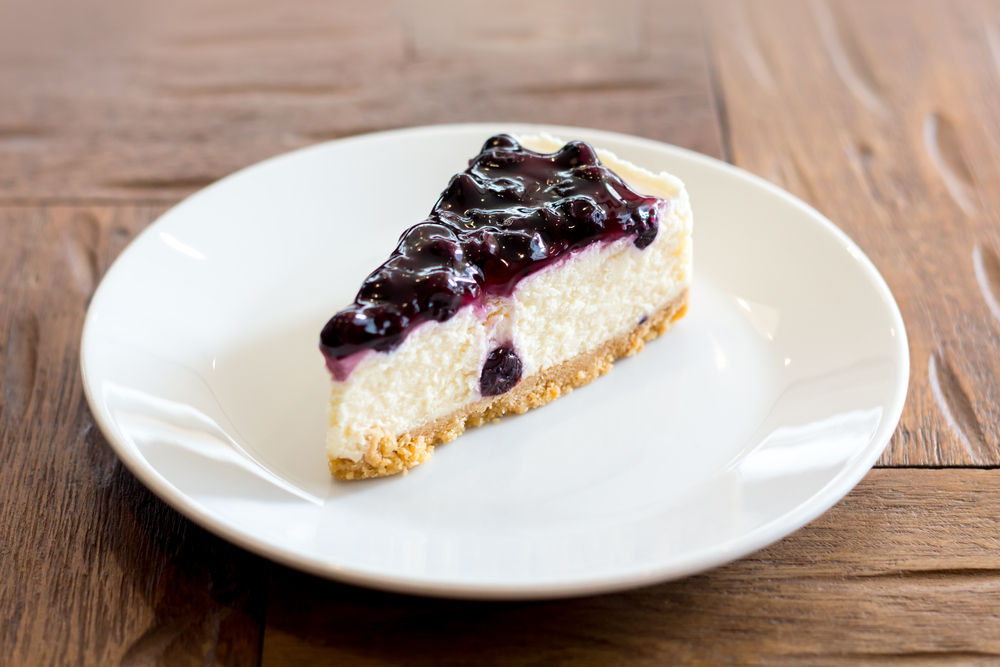08 2023
Cheesecake Lovers Facebook Group
Comment
 Millions of people love cheesecakes, from the classic New York Cheesecake to Chocolate Peanut Butter Cheesecake.
Millions of people love cheesecakes, from the classic New York Cheesecake to Chocolate Peanut Butter Cheesecake.A post from the Cheesecake Lovers Facebook Group appeared on my Facebook feed. The post talked about how to fix a crack in the middle of a baked cheesecake. I requested to join the group because I may have some insight to prevent a cheesecake crack from forming in the first place. Plus, I had some ideas for making non-traditional cheesecakes.
I commented and, a week later, my comment had not been reviewed by the group admins. I copied the text from the post and my comment, withdrew my comments for review, unfollowed them, and left the group. There's no point in being a part of a group when you're not part of the group.
Here is the content from the post and my comment (I did not include the video link; I wasn't about to provide them additional click-traffic for an active/inactive group):
From T. C.
So many of you have asked how I fill in the crack with a spoon and hot water. Here’s a little video to show how easy it is to save your cheesecake. A crack is not a big deal. Keep rockin’ those cheesecakes!!!
**Make sure the cheesecake is fully chilled and set before attempting to fix the crack! This will NOT work on a warm cheesecake!!
From Me
My first two cheesecakes, decades ago, were by recipe. After the first two, I got the gist of them. I've made hundreds over the years and never had a crack in any of them. No fancy pans or special ovens were used to make any of them; conventional ovens, springform pans of different sizes and depths, lots of parchment paper, and shallow baking dishes. I currently have a deep-dish gingerbread cheesecake with a graham crust in the fridge (scratch), no crack; it was baked at a lower temperature and for a more extended period so it would cook completely through. My previous cheesecake was a peanut butter cheesecake with OREO Cookie crust (also, scratch), no crack. I've never had that problem. Out of curiosity, how did the crack form?